How to Charge your Mercedes EQ ?
The Mercedes-Benz EQS uses the CCS charging standard, which consists of a combined AC and DC inlet port. The top portion of the inlet is for the Type 2 connector, which is used when charging at home, or at public slow and fast AC points. Both the upper and lower sections on the inlet are used to carry high power during rapid DC charging. The Mercedes-Benz EQS’s CCS charging inlet is found on the off-side rear flank, where you would expect to find a fuel filler flap.
The Mercedes-Benz EQS is able to be slow, fast and rapid charged from public points, depending on the network and type of charge unit. In most cases, slow charging requires a 3-pin-to-Type 2 cable, and fast charging a Type 2-to-Type 2 cable, one of which is usually supplied with the vehicle. For rapid charging, the vehicle uses a tethered CCS connector which is part of the charging unit.
Charging on AC or DC requires the EV driver to plug the connectors into the correct inlet, after which the car then ‘talks’ to the charging unit to make sure there is a power supply, that there are no faults, and that it is safe to start charging. If charging at private home or workplace charge point, the vehicle then automatically starts charging.
On a public charger, an activation process is required to initiate charging. Depending on the network provider, this may require the use of an RFID card or smartphone app, often linked to an account which has been set up beforehand. Contactless pay-as-you-go is now commonplace on rapid charge points. Once activated, the units will conduct further connection and account checks before starting to charge the vehicle.
The following table shows approximate times to charge a Mercedes-Benz EQS’s 108 kWh battery. Times are for a 100% charge for all but rapid charging, which is quoted for 0-80% as most rapid chargers reduce or cut power well before 100% charge to protect the battery and maximise efficiency.
Note that the times shown are only a guide, as very rarely will an EV need to be fully charged from 0%. Other factors that might vary the charging time include ambient temperature, in-vehicle energy loads, any upper and lower charge restrictions to extend battery life and protect against potential damage, and charging rates slowing down as the maximum charge is reached.
Rapid 200kW. 31 mins 0-80%
Rapid 50kW 2 hours 0-80%
Fast 22kW 10 hours 0-100%
Fast 7kW 15 hours 0-100%
Slow 3kW 31 hours 0-100%
The Mercedes-Benz EQS is fitted with an 11 kW on-board charger for Type 2 AC charging as standard. This means that even when connected to a fast charger with a rated output above 11 kW, the Mercedes-Benz EQS will only be able to charge at up to 11 kW. Mercedes-Benz EQS models are capable of ultra-rapid charging at up to 100 kW DC.
Use Zap-Map’s Home Charging Calculator to estimate charging times for a Mercedes-Benz EQS. The level of battery charge, connector speed, and on-board charger options can be tailored to your requirements for more accurate results.
How much does it cost to charge a Mercedes-Benz EQS?
The table shown below shows estimates of the cost to charge the Mercedes-Benz EQS’s 108 kWh battery at home (on a domestic tariff) or using a rapid charge point. Cost estimates are dependent on the charge remaining, usable battery capacity, and age of battery pack. Cost per mile is calculated using an estimate of real-world range.
Type: Home Cost/kWh: 16 p/kWh Cost to charge: £17.30 Cost per mile: 4.2 p/mile
Type:Public Rapid Cost/kWh: 30 p/kWh to 80% charge Cost to charge: £25.90 Cost per mile: 7.9 p/mile
-
 5:00
5:00
300 Seconds Motors
2 years agoMERCEDES-BENZ EQS 580 4MATIC diamond white the most luxury electric car
37 -
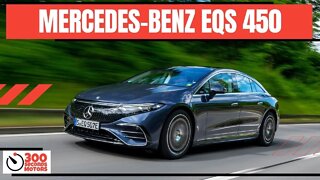 5:00
5:00
300 Seconds Motors
2 years agoMERCEDES-BENZ EQS 450 sodalith blue the most luxury electric car
32 -
 4:20
4:20
josé car
1 year agoThe Digital World of Mercedes me and Easy Charging with the New EQE
3 -
 5:00
5:00
300 Seconds Motors
2 years agoMERCEDES-BENZ EQS 580 4MATIC obsidian black the most luxury electric car
29 -
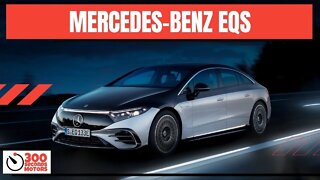 5:00
5:00
300 Seconds Motors
3 years agoMERCEDES-BENZ EQS the first all electric luxury saloon with ranges up to 770 km
23 -
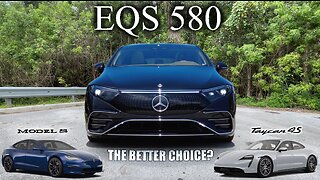 28:56
28:56
gvaspirated
9 months agoThe EQS 580 is the ULTIMATE Luxury EV: Better than the Model S or Taycan? | Mercedes EQS 580 Review
10 -
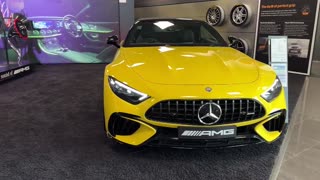 1:12
1:12
lpsobrerodas
1 month agoMercedes Benz 63SL AMG 2024
21 -
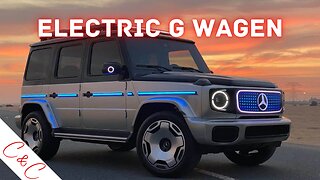 8:27
8:27
CreatchandCars
1 year ago2025 Mercedes-Benz EQG - Everything You Need To Know About the First Electric G-Class
28 -
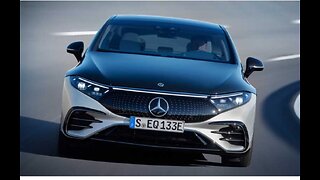 2:49
2:49
M88888888
1 year agoThe most serious cars from Mercedes-Benz, EQs2020
7 -
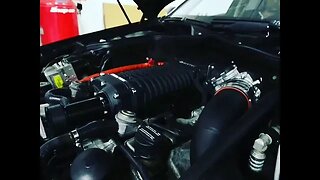 0:15
0:15
Eurocharged St. Louis
1 year agoMercedes E55 AMG Weistec Supercharger
6